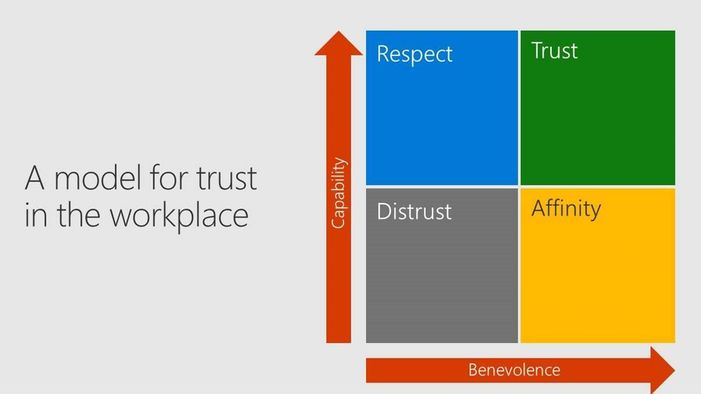This post has been republished via RSS; it originally appeared at: Yammer Blog articles.
Pet groups can become a pain-point for anyone tasked with rolling out or managing an organisation’s Yammer network and, if you use the enterprise social network for any length of time, you’ll invariably come across one (or several).
For some, they are a ban-at-all-costs waste of time. For others, they are a light-hearted distraction.
For me, they are the people-powered engine that drives a culture of participation and trust
Collaboration is a learnt skill - give people the training wheels
Collaboration is like riding a bike: once you’ve learnt how, it becomes natural, but the key is getting off the training wheels and finding your balance.
Social groups are the first step in removing those training wheels and give people the space to practice their collaboration skills.
People can feel vulnerable posting about a work issue or idea and the barrier to collaboration can be compounded if they haven’t used Yammer before or aren’t even sure if it’s for them. It takes confidence for people to work out loud - confidence that is built by sharing a pet picture or a “dad joke”.
The “fun” groups also give a reason for people to return to the network and help build relationships with people they otherwise might not, which sparks creativity, innovation and ideas. As more people get connected, information flows across the organisation, breaking traditional silos.
More than a third of our organisation has seen, liked, commented or posted in Pets of Bankwest and 58 percent of members are active in other Yammer groups.
Yammer makes your organisational behaviour observable
I ran a session with recent graduates that were starting at Bankwest to introduce them to Yammer and I discovered a few things from quizzing them on their social media habits.
Most had social media accounts and accessed their various feeds multiple times a day, but very few of them posted regularly. They were consumers – rather than creators – of content and this echoes my experience of people using Yammer.
These observers (as SWOOP Analytics define them) may well be getting substantial benefits from the network, such as informal learning, but they are also seeing the patterns of behaviour that play out on Yammer.
This observable behaviour displayed by our Yammer participants both reflects and shapes the culture of our organisation and, at a personal level, helps to build (or erode) trust. Make your contribution by taking part.
It is now normal to form a relationship virtually, before meeting face-to-face., meaning you’ve already made an impression without realising it. You can make the most of this by considering how your posts reflect who you are.
Being authentic demonstrates trust
Understanding trust and how it manifests itself on Yammer is a vital leadership skill and I’ve used the simple model below when coaching our senior leaders:
On one side, we have capability (how well do you do your job, demonstrate your skills or knowledge) and, on the other side, we have benevolence (do you like someone or share similar values).
Where we see high capability, but low benevolence we get respect. If you ban social groups, or a person only posts about work, then the most you can expect is respect and you run the risk of looking like posts are ghost written.
Where we connect on a benevolent level, but don’t see capability, we get affinity. People like each other, but there can be a perception that you’re “wasting time” on Yammer.
The optimal state is one high capability and affinity, which creates trust. Authenticity opens the door to empathy and gives people the opportunity to build affinity with others, while displaying capability builds reliability and dependability among colleagues. Without our social groups, people lose the opportunity to build trust with each other.
Watch and learn
Trust is a pattern that’s observable.
At an organisational level, setting prescriptive Yammer policies and limiting what can be posted can be interpreted as a sign of distrust. It’s like parents setting boundaries for their children and, while that might be important for kids, it’s not nice – or needed – for employees.
Limitations also create a barrier to people to bringing their whole selves to work, which reduces diversity of thought and can impact the service delivered to customers.
That one pet picture signifies trust, allows people to be themselves and creates a deep level of connection and engagement.
And you thought they were just cute.
Hi, I'm Matt and I change the way people work, create and connect through human centered approaches to culture, leadership and digital services.



